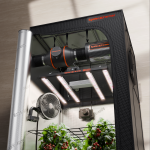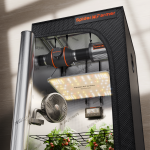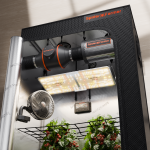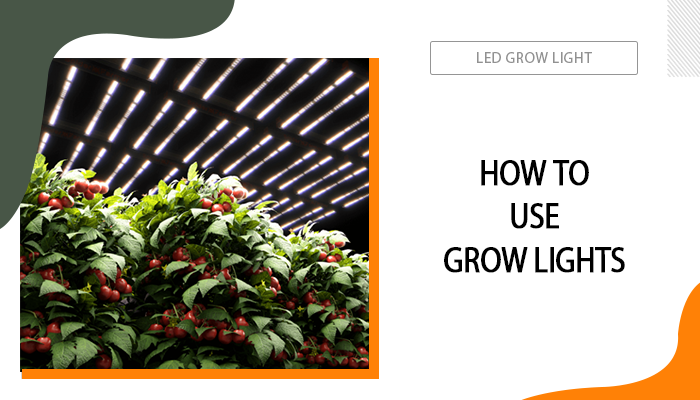Indoor gardening has gained immense popularity, allowing enthusiasts like you to grow a wide variety of plants in the comfort of your homes. Now that you have gotten the grow lights for your grow tent, the central to the success of indoor gardening is the proper use of these lights. In this comprehensive guide, we will explore everything you need to know about how to use grow lights effectively, from selecting the right type of grow light to optimizing light placement and duration for various plant stages.
Table of Contents
Understanding the Different Types of Grow Lights
When venturing into indoor gardening, one of the first decisions you'll face is choosing the right type of grow light. There are several options available, including LED, HPS, and fluorescent lights. Each type has its pros and cons, making it essential to understand their differences and select the one that best suits your specific needs. We have a delicate article comparing different lights here: LED vs HPS Grow Lights: Which Is Better to Grow Plants
To save you time, LED grow light is what we recommend most, thanks to its high efficiency, trustworthy quality, and more plant yields.
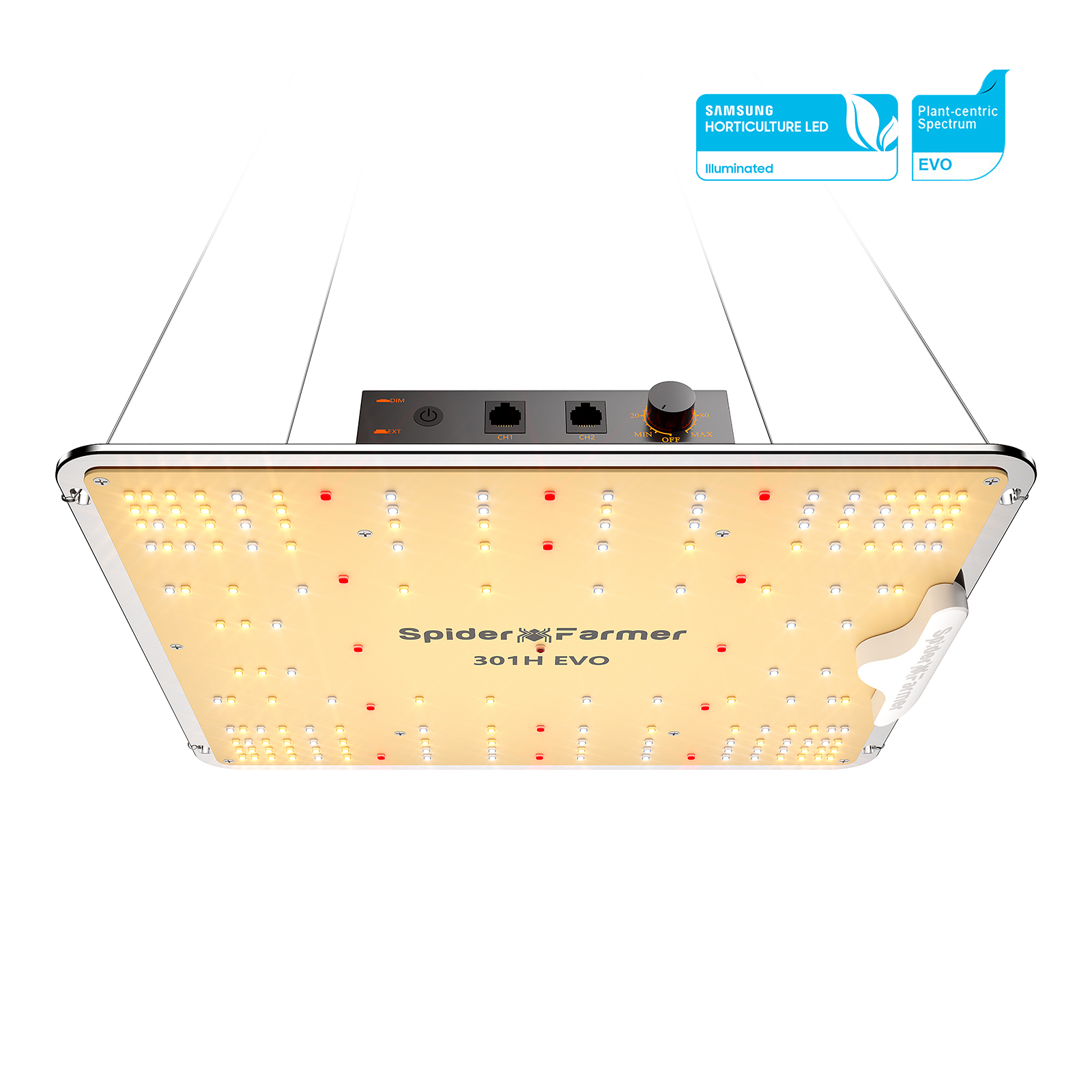
SF1000 Samsung lm301H EVO LED grow light
Selecting the Right Grow Light Spectrum
The spectrum of light emitted by your grow light plays a crucial role in plant growth. Different light spectrums have varying effects on plants, influencing their development and yield. Discover how to choose the right light spectrum for your plants based on their species and growth stage. Fortunately, full-spectrum grow lights easily solve your problem.
A full-spectrum LED grow light offers a broad spectrum of light wavelengths, encompassing all the colors plants need for healthy growth, from deep blues and vibrant greens to intense reds and radiant yellows. With the help of it, you no longer have to worry about choosing the right light spectrum.
Determining the Right Light Intensity
Ensuring the correct light intensity is one of the key factors in successful indoor gardening with grow lights. Light intensity refers to the amount of light that reaches your plants and plays a pivotal role in their growth and development. To determine and maintain the right light intensity for your plants, it's important to consider the following aspects:
Light Measurement Metrics
Understanding the various metrics used to measure light intensity is fundamental. There are two primary metrics: PAR and PPFD. Each provides unique insights into the quantity and quality of light your plants receive.
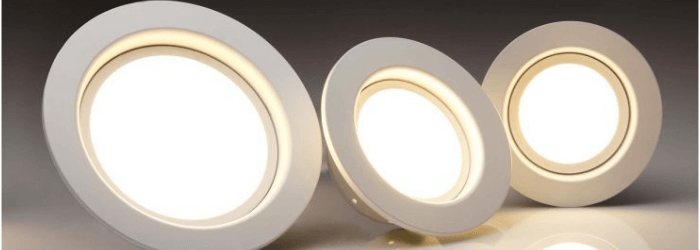
- PAR: PAR focuses on the specific range of light wavelengths (400-700 nanometers) crucial for photosynthesis. This metric provides a more precise measurement of the light that plants can utilize for growth.
- PPFD: PPFD takes PAR a step further by measuring the number of photosynthetic photons that hit a specific area (usually one square meter) per second. This metric offers the most accurate assessment of light intensity at the canopy level, where it matters most for plant growth.
Calculating the Ideal Light Intensity
The optimal light intensity varies depending on the plant species and growth stage. High-light plants, such as tomatoes and peppers, require more intense light (measured in micromoles per square meter per second, or µmol/m²/s) than low-light plants like herbs or leafy greens.
To determine the ideal light intensity for your plants, consult plant-specific light requirements or growth guidelines. Generally, seedlings and vegetative growth benefit from lower light levels (around 200-400 µmol/m²/s), while flowering and fruiting stages require higher intensities (400-800 µmol/m²/s or more).
Adjusting Light Intensity
LED grow lights offer an advantage in that they are often dimmable. This feature allows you to fine-tune light intensity to match your plants' needs. During different growth stages, you can increase or decrease the light output accordingly, preventing light stress or inefficient energy use.
Setting the Correct Light Duration
How long should grow lights be on? Plants have specific photoperiod requirements that must be met to thrive. Explore the importance of establishing an appropriate light schedule and discover how to adjust light duration for different growth stages, whether your plants are in the vegetative or flowering phase.
Placement and Hanging Height
Proper placement of your grow lights is essential to avoid issues like light burn and leggy growth. When it comes to hanging your grow lights, a general rule of thumb is to maintain a distance of approximately 12 to 18 inches (30 to 45 centimeters) between the grow lights and the canopy of your plants. This distance provides a good starting point for most indoor gardening setups using LED grow lights.
By checking the grow light distance chart below, you can have a better idea of how to hang the lights properly.
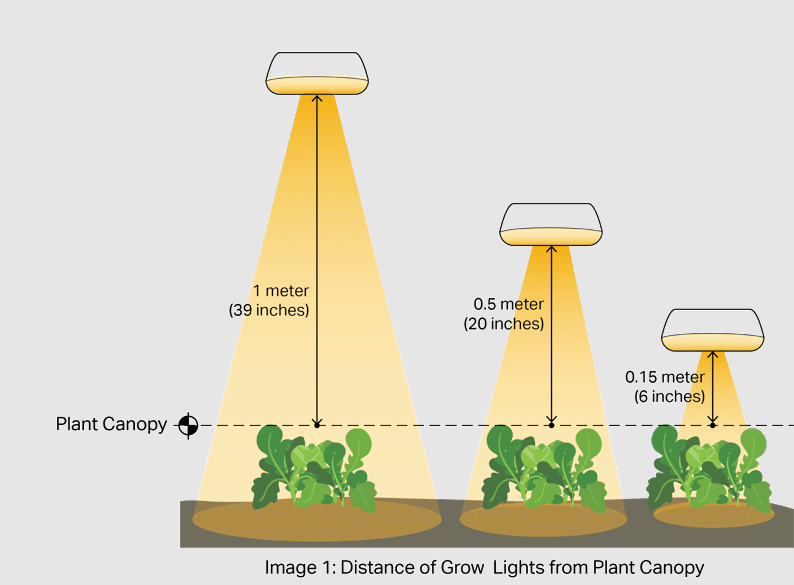
Image source: bioslighting.com
Proper Ventilation and Heat Management
When using grow lights in limited space, say, in a grow tent, effective ventilation not only helps control temperature but also plays a significant role in managing humidity levels. Here's a detailed look at how to achieve proper ventilation and heat management in your grow space:
Temperature Control
Maintaining an optimal temperature range is crucial for the health and growth of your plants. Different plant species may have varying temperature preferences, but in general, a temperature range of 70°F to 85°F (21°C to 29°C) is suitable for many indoor gardens.
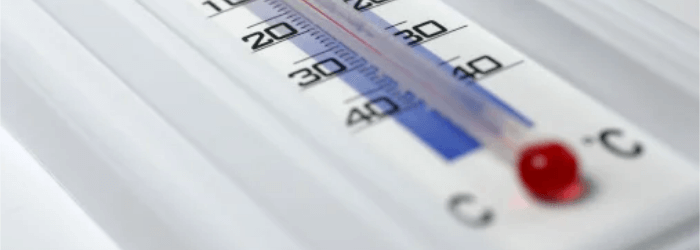
To regulate temperature, ensure that your grow room has adequate airflow. Use inline fans, oscillating fans, or ventilation systems to circulate air and dissipate heat generated by grow lights.
Managing Humidity
Humidity levels play a significant role in plant health. Aim to maintain humidity between 40% and 60% for most plant types. However, some plants may have specific humidity requirements.
In a well-ventilated grow room, managing humidity becomes more manageable. Proper airflow helps prevent the buildup of excess moisture, reducing the risk of mold, mildew, and fungal issues.
You can further control humidity by using dehumidifiers if levels are too high or plant humidifiers if they are too low. These devices can help you maintain the ideal humidity range for your specific plants.
Read Also:
How to Raise Humidity in Grow Tent
How to Lower Humidity in Grow Tent
CO2 Enrichment
Adequate ventilation also impacts the concentration of carbon dioxide (CO2) in your grow space. During the photosynthesis process, plants consume CO2 and release oxygen. In a sealed or heavily ventilated space, CO2 levels can drop below what's optimal for plant growth.
If your ventilation system depletes CO2 levels, consider supplementing with a CO2 generator or tank to ensure your plants receive the necessary carbon dioxide for photosynthesis. However, you should also be aware of when to stop CO2 during flowering.
To Round Up
LED grow lights are essential equipment for any grow space. Irrespective of your growing experience or the type of plants you are growing, you need to get your grow light setups and operations right to achieve your goal of optimal growth and maximum yield. We are confident that the tips offered in this article will take you closer to this goal. Good luck!

